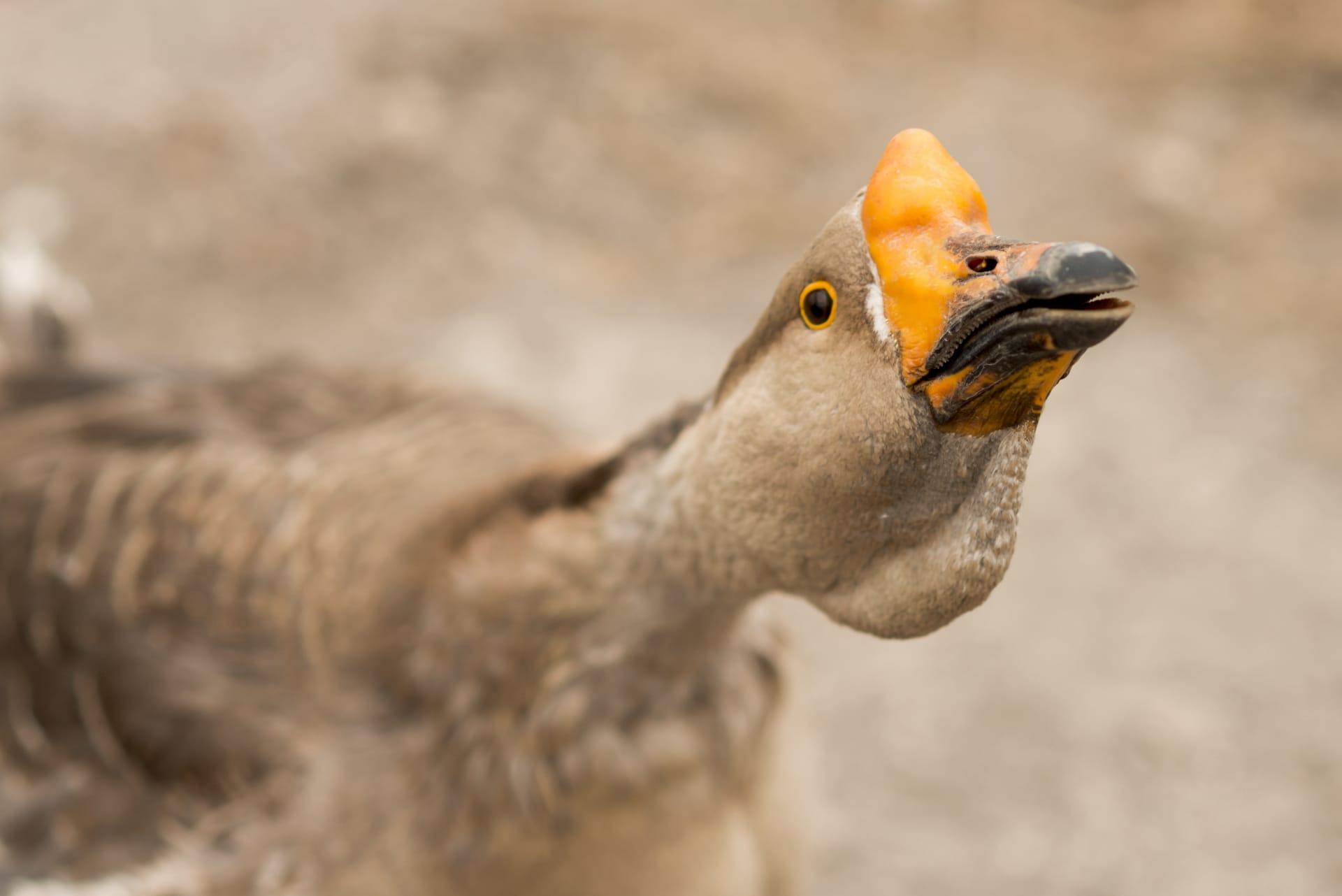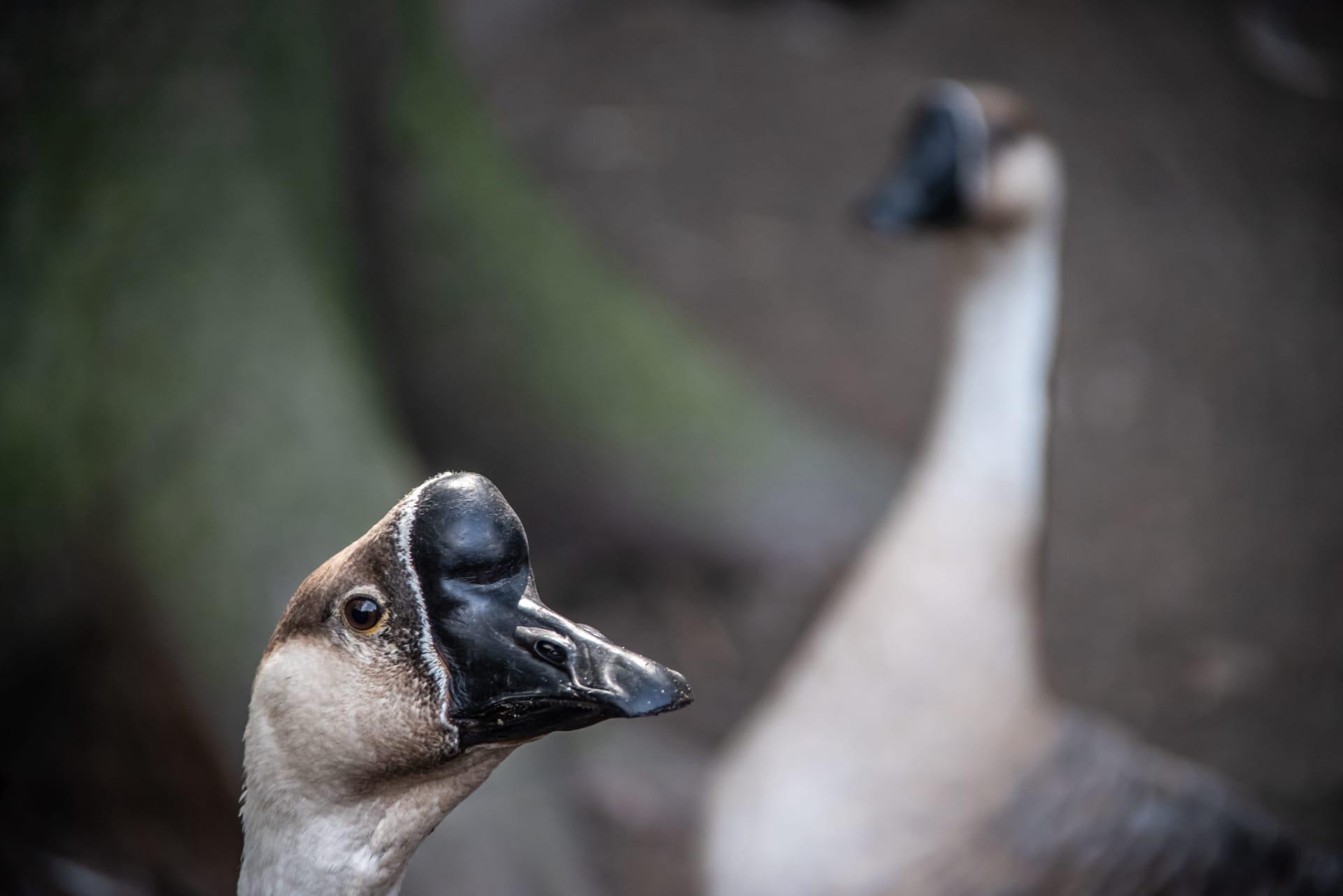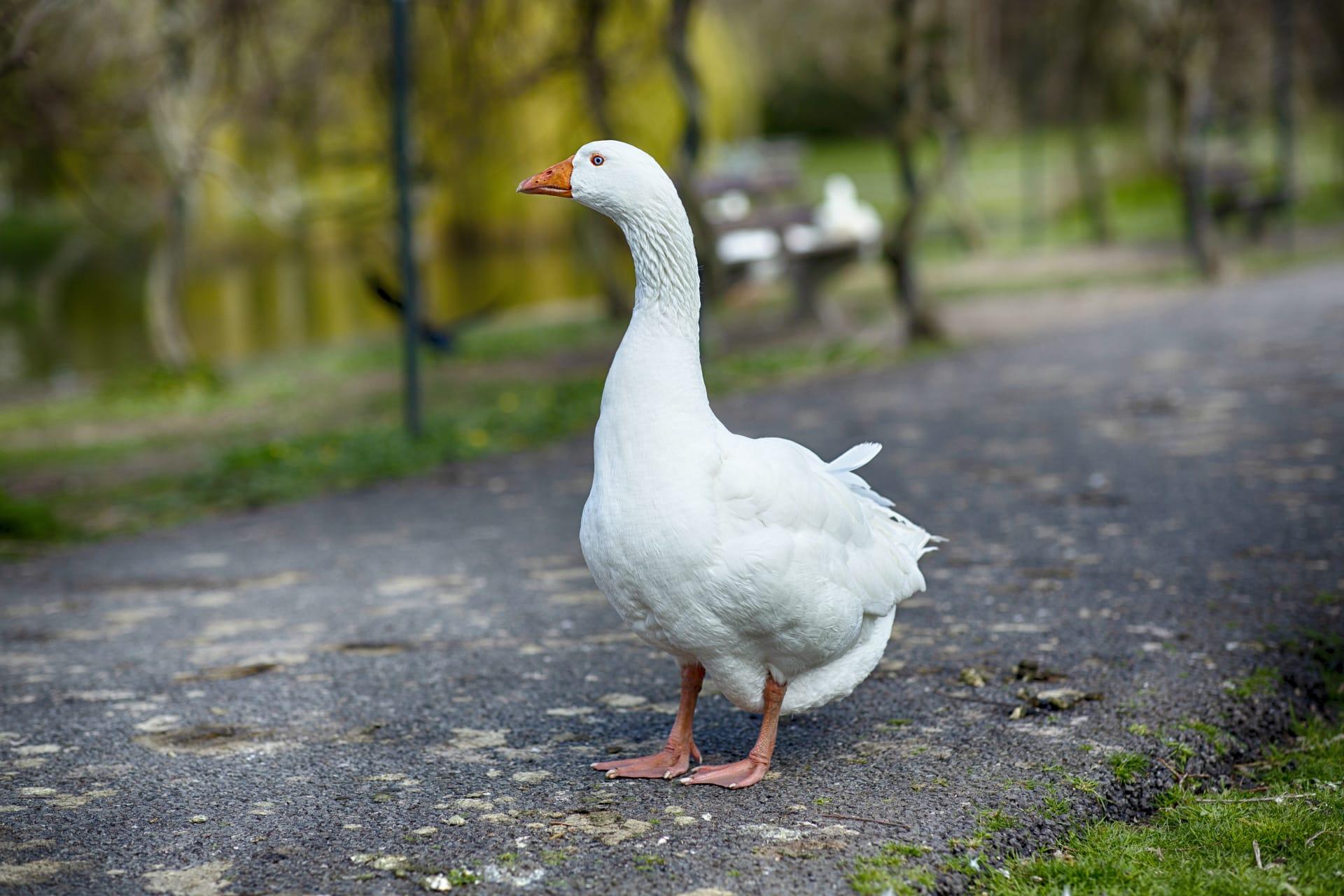1
Did you know that geese are some of the best navigators in the bird world? They can travel thousands of miles during their migratory journeys, using the sun, stars, and Earth's magnetic field as guides. Remarkably, geese have been observed to cover up to 3,000 kilometers (about 1,864 miles) in just 24 hours during migration, reaching speeds of up to 70 kilometers per hour (43 miles per hour). This incredible feat showcases their stamina and orientation skills.
Another fascinating fact about geese is their strong sense of community. They are highly social birds and often form long-term pair bonds. Interestingly, when a member of the flock falls ill or is injured, a few geese will break formation and accompany it, staying with the fallen goose until it either dies or is able to fly again. This behavior demonstrates a level of empathy and social responsibility rarely seen in the animal kingdom.

2
Geese are also known for their protective nature, especially when it comes to their young. A goose can be quite aggressive in defending its nest from perceived threats. They have a unique way of deterring predators or intruders by hissing and spreading their wings to appear larger and more intimidating. This protective instinct ensures the safety of their goslings, who are vulnerable in the early stages of life.
Did you also know that geese have excellent memory? They are capable of remembering migration routes, feeding grounds, and even human faces! Research has shown that geese can recall specific details of their environment and navigate back to familiar locations year after year. This remarkable memory aids them in surviving and thriving in various habitats, as they migrate across continents.

3
Speaking of communication, geese are quite the vocal bunch. They use a range of honks and calls to communicate with each other. These sounds serve different purposes, from signaling danger to coordinating movements within the flock. The honking of geese in flight is actually a form of communication that helps keep the flock together, especially during long migrations.
Geese are also outstanding swimmers. From a young age, goslings take to water naturally. Adult geese have waterproof feathers and a layer of fat under their skin, which helps them stay buoyant and warm while swimming. Their webbed feet are perfect paddles, making them as graceful in water as they are awkward on land.

4
Another intriguing aspect of goose behavior is their mating rituals. Geese are monogamous, often forming lifelong pair bonds. During mating season, they perform elaborate courtship dances, which include mutual preening, head-dipping, and loud calling. These rituals strengthen the bonds between pairs and are a key part of their social structure.
Geese also have a remarkable ability to adapt to different environments. They thrive in a variety of habitats, from rural farmlands to urban parks. Some species of geese have even adjusted to life in cities, where they benefit from the abundance of food and lack of natural predators. This adaptability has allowed geese populations to flourish in many parts of the world, despite changes in their natural habitats.

5
Geese play a crucial role in their ecosystems. They are grazers and primarily feed on grasses, which helps to keep the vegetation in their habitats in check. This grazing also benefits other species by maintaining open areas and preventing overgrowth. In some cases, the feeding habits of geese can even contribute to the spread of seeds, aiding in plant propagation.
Last but not least, geese have been part of human culture for thousands of years. They have been depicted in art, literature, and folklore across various cultures. In ancient Egypt, geese were considered sacred and often featured in hieroglyphs. Today, they continue to captivate us with their seasonal migrations, social behaviors, and unmistakable honks that signal the change of seasons.